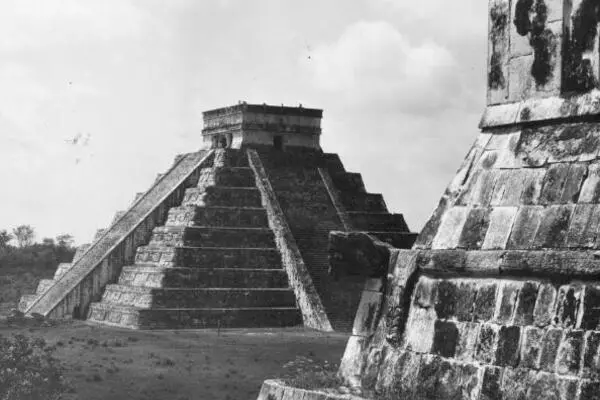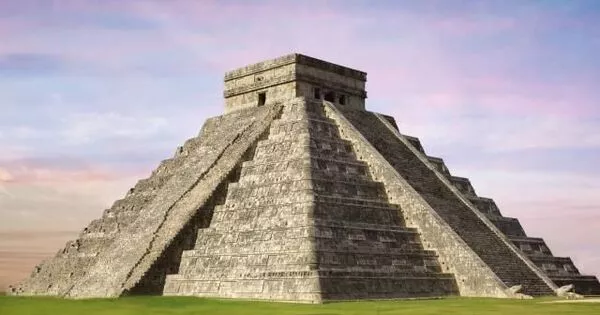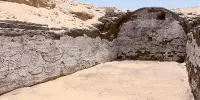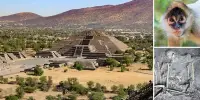The ancient Maya civilization did have a market-based economic system, in which goods and services were exchanged for other goods and services or for money. They also had a system of bartering and used a form of currency in the form of cacao beans. However, their economy was primarily based on agriculture and the production of goods was organized on a communal level.
Many archeologists previously believed that more than 500 years ago in the midwestern Guatemalan highlands, Maya people bought and sold goods with far less oversight from their rulers than many archeologists now believe. According to a new study published in Latin American Antiquity, the ruling K’iche’ elite took a hands-off approach when it came to managing obsidian procurement and trade by people outside their region of central control.
Locals in these areas managed access to nearby sources of obsidian, a glasslike rock used to make tools and weapons, through independent and diverse acquisition networks. Over time, the availability of obsidian resources and the prevalence of craftsmen to shape it resulted in a system that is reminiscent of modern market-based economies in many ways.
Scholars have generally assumed that the obsidian trade was managed by Maya rulers, but our research shows that this wasn’t the case at least in this area. People seem to have had a good deal of economic freedom including being able to go to places similar to the supermarkets we have today to buy and sell goods from craftsmen.
Rachel Horowitz
“Scholars have generally assumed that the obsidian trade was managed by Maya rulers, but our research shows that this wasn’t the case at least in this area,” said Rachel Horowitz, lead author of the study and an assistant professor of anthropology at Washington State University. “People seem to have had a good deal of economic freedom including being able to go to places similar to the supermarkets we have today to buy and sell goods from craftsmen.”
While there are extensively written records on a political organization from the Maya Postclassic Period (1200-1524 AD), much less is known about how societal elites wielded economic power. Horowitz set out to fill this knowledge gap for the K’iche’ by investigating the production and distribution of obsidian artifacts, which archeologists use as a proxy to determine a region’s level of economic development.
She conducted geochemical and technological analyses on obsidian artifacts excavated from 50 sites in and around the K’iche’ capital of Q’umarkaj and the surrounding region to determine where the raw material originated and how it was made.

The findings indicated that the K’iche’ obtained obsidian from similar sources in the Central K’iche’ region and Q’umarkaj, indicating a high degree of centralized control. Based on its abundance in these central sites, the ruling elite also appeared to manage the trade of more valuable forms of nonlocal obsidian, particularly Pachua obsidian from Mexico.
Outside of this core region, however, in areas conquered by the K’iche, obsidian economic networks were less similar. According to Horowitz’s analysis, these sites had access to their own obsidian sources and developed specialized shops where people could go to buy blades and other useful implements made from the rock by experts.
“For a long time, it was assumed that people in the past did not have market economies, which is strange when you think about it. Why would these people not have had markets before?” She stated. “The more we investigate it, the more we realize there were many ways in which these people’s lives were similar to ours.”
Horowitz obtained the obsidian blades and other artifacts for her study from Tulane University’s Middle American Research Institute. The artifacts were discovered during the 1970s. Moving forward, Horowitz said she plans to examine more of the collection, the rest of which is housed in Guatemala, to discover further details about how the Maya conducted trade, managed their economic systems, and generally went about their lives.
The ancient Maya civilization did have a complex economy that included markets and trade. They traded goods such as ceramics, textiles, and precious stones both within their own society and with other Mesoamerican cultures. However, it is important to note that their economy was also heavily based on agriculture, and the system of labor and taxation was different from market-based economies as we understand them today.














